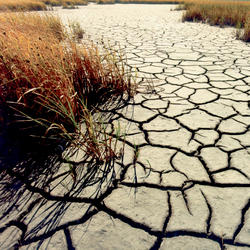Surface Water
The world's surface-water resources—the water in rivers, lakes, and ice and snow—are vitally important to the everyday life of not only people, but to all life on, in, and above the Earth. And, of course, surface water is an intricate part of the water cycle, on which all life depends.















